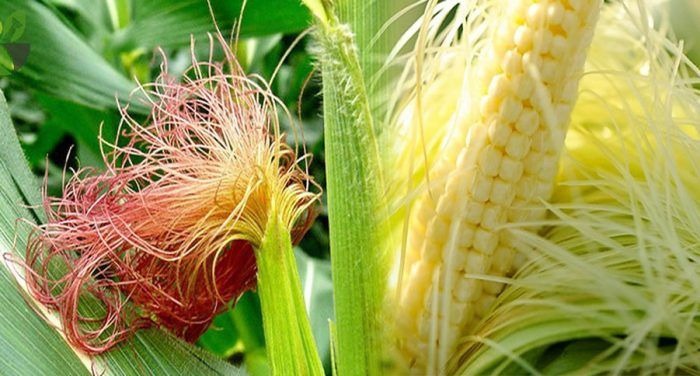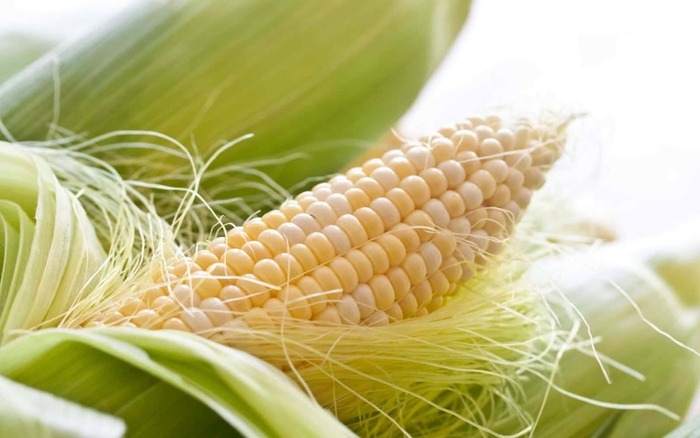hen you peel back the husk of a corn cob, you’ll find silky strands clinging to the kernels—corn silk. While many toss it aside without a second thought, this humble plant part has been used in traditional medicine for centuries. From soothing the urinary tract to supporting heart health, corn silk tea is making a strong comeback in the world of natural wellness.
Let’s dive into what makes this simple tea a powerful addition to your daily routine.

🌾 What Is Corn Silk?
Corn silk is the long, thread-like fibers found inside the husk of corn. Rich in nutrients and natural compounds, it’s been used in folk remedies across Asia, the Americas, and Europe—especially to support kidney function and urinary health.
🌟 Key Health Benefits of Corn Silk Tea
✅ 1. Supports Urinary Tract Health
Corn silk is a natural diuretic, helping your body flush out excess fluids, salts, and toxins. This can be especially helpful for those dealing with:
-
Urinary tract infections (UTIs)
-
Kidney stones
-
Water retention and bloating
✅ 2. May Help Regulate Blood Sugar
Emerging research suggests that corn silk may have hypoglycemic effects, helping to stabilize blood sugar levels naturally. This makes it a potential support for individuals managing type 2 diabetes.
✅ 3. Anti-inflammatory Power
Compounds in corn silk possess anti-inflammatory properties, which may help ease:
-
Swelling
-
Joint pain
-
Symptoms of arthritis and gout
✅ 4. Heart Health Support
With its high potassium content, corn silk tea can help regulate blood pressure, reduce strain on the cardiovascular system, and support overall heart wellness.

🍵 How to Make Corn Silk Tea at Home
Making corn silk tea is simple and a great way to use more of what nature provides.
Ingredients:
-
Corn silk from 2–3 ears of fresh corn (or 1–2 tablespoons of dried corn silk)
-
1 liter of water
Preparation:
-
Clean the Corn Silk
Remove the corn silk from the ears and rinse thoroughly to get rid of dirt or debris. -
Boil and Simmer
Add the corn silk to a pot of water. Bring it to a boil, then reduce heat and simmer for 15–20 minutes.
Dried corn silk will turn the water a light golden color. -
Strain and Serve
Remove from heat, strain the tea, and serve warm. -
Optional Add-ins
For flavor, add a slice of lemon or a teaspoon of honey.
🕒 When and How to Drink It
-
Recommended Intake: 1–2 cups per day
-
Best Times: Between meals for optimal digestion and kidney support
-
Storage: Best consumed fresh; refrigerate any leftovers for up to 24 hours

-
⚠️ Important Tips & Precautions
-
Hydration is Key: Because it acts as a diuretic, make sure to drink plenty of water throughout the day.
-
Consult Your Doctor: If you’re taking medications—especially diuretics, insulin, or blood pressure medicine—speak with a healthcare provider before adding corn silk tea to your routine.
-
Not for Everyone: Pregnant or breastfeeding individuals should avoid it unless advised by a medical professional.
🌱 Final Thoughts
Corn silk tea is proof that sometimes the most overlooked parts of a plant hold the most potential. Whether you’re dealing with urinary discomfort, looking to support heart health, or simply in need of a natural herbal tea to relax with, this traditional remedy is worth exploring.
Try it for yourself—and let nature support your wellness, one cup at a time.
-
